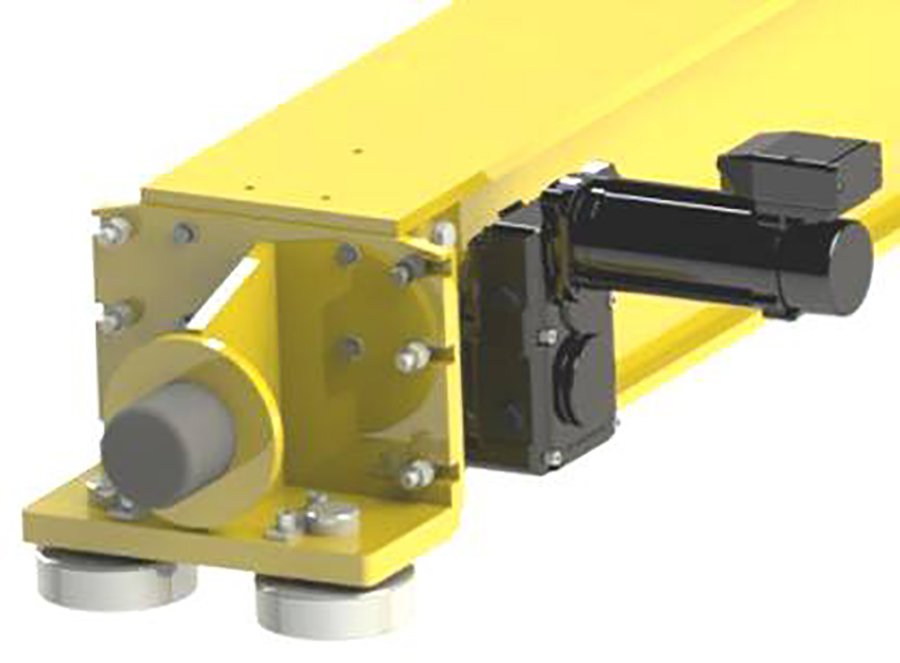It is inevitable that there will be some failures in the use of cranes, some are caused by improper operation of humans, and some are caused by environmental factors. Among them, "rail gnawing" is almost one of the problems that users may encounter, so how does it form?

The phenomenon of "rail gnawing" in the crane is inseparable from the bridge wheel support and the elevated track. When the crane is running, the wheel edges of large and small vehicles contact the side of the track to produce horizontal direction-finding thrust, which causes friction loss between the wheel flange and the track, which is called "rail gnawing".
The contact point of the “rail gnawing” phenomenon is the wheel and the track surface. If the “rail gnawing” appears, we must replace it so as not to affect normal use. From the perspective of large wheels and rails, once the rails have a lot of friction with the wheels of the large carts, the rails will deviate or even cause steps to be replaced. The occurrence of the phenomenon of "rail gnawing" will inevitably cause the crane to generate a large pulling force during the start or stop process, causing the crane to encounter a large operating load, and it is easy to cause the transmission components to bend.
Therefore, during the operation period of the crane, regular maintenance work should be done, and necessary maintenance should be done frequently, and the problem should be found and solved in time to avoid more serious failures of the equipment, affecting the use, and bringing greater losses.